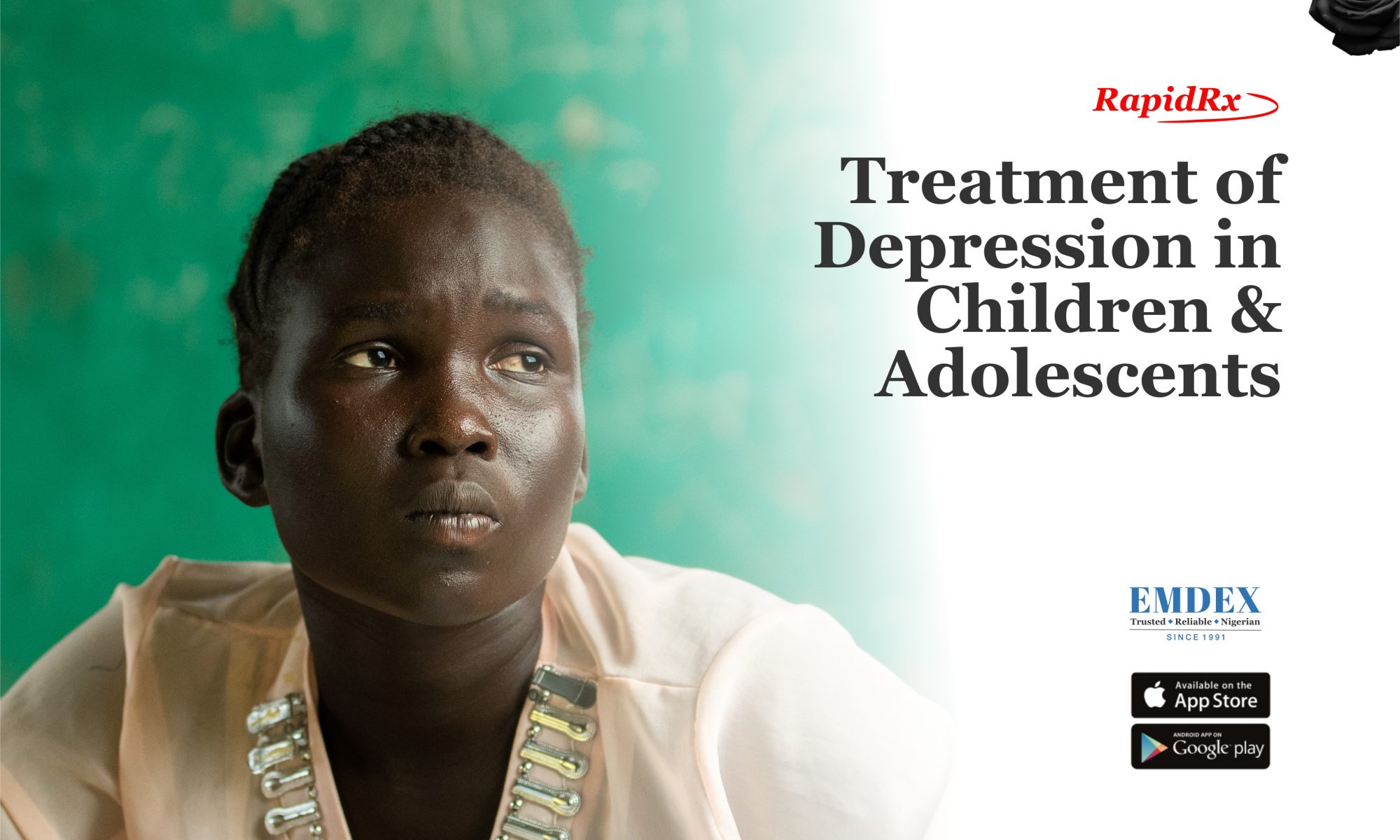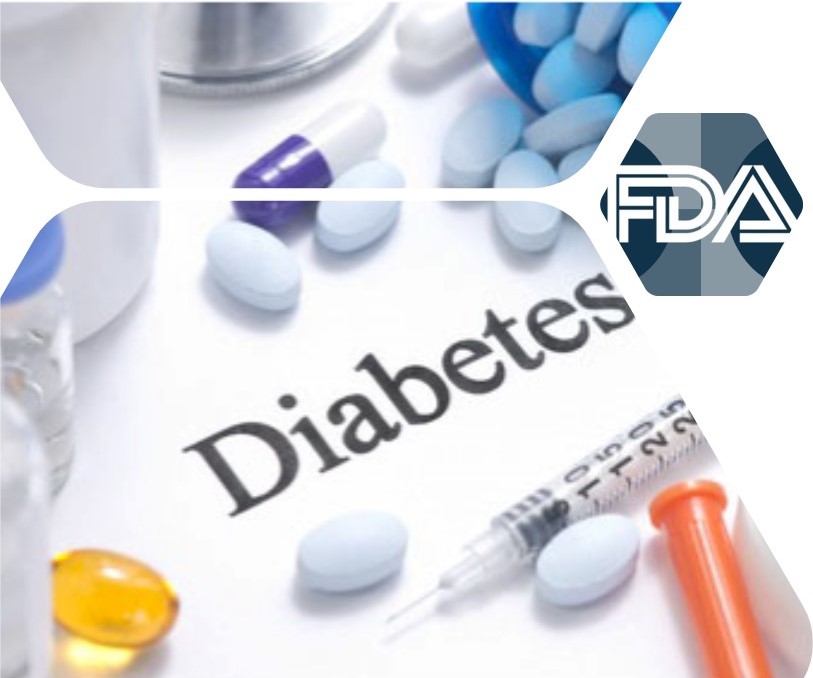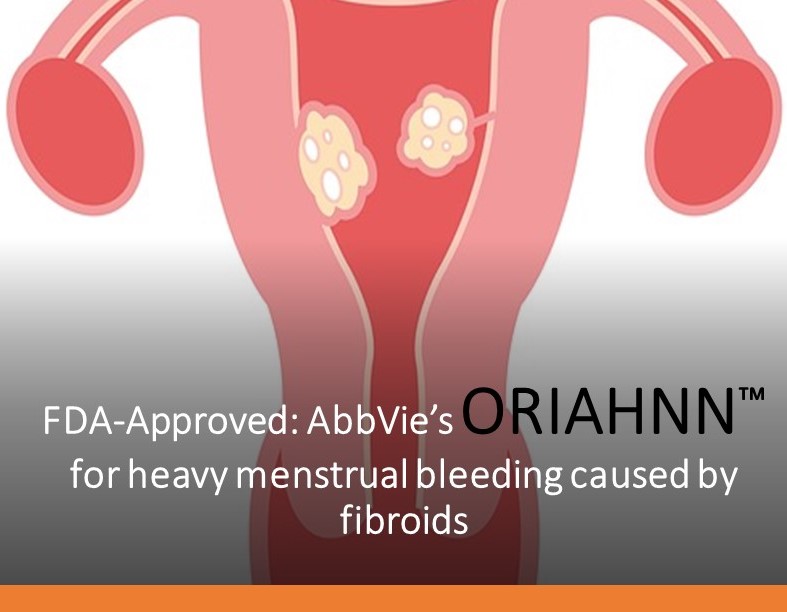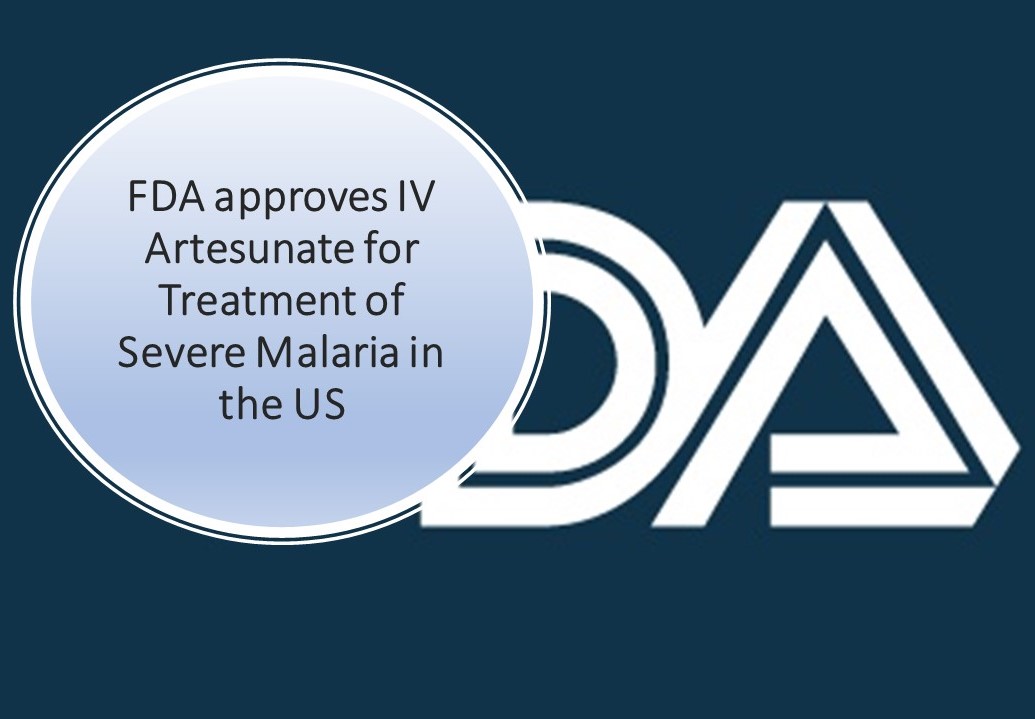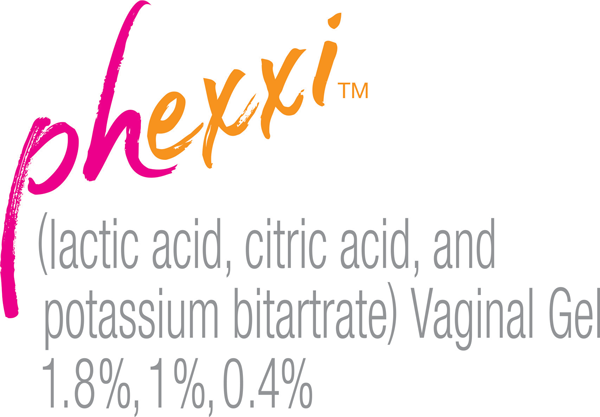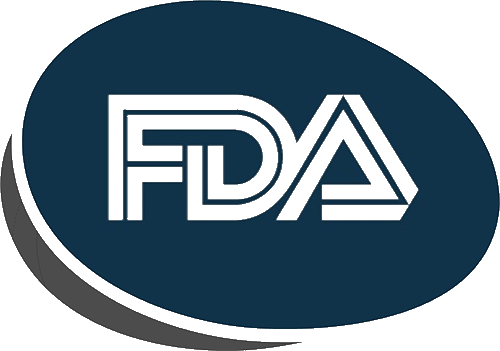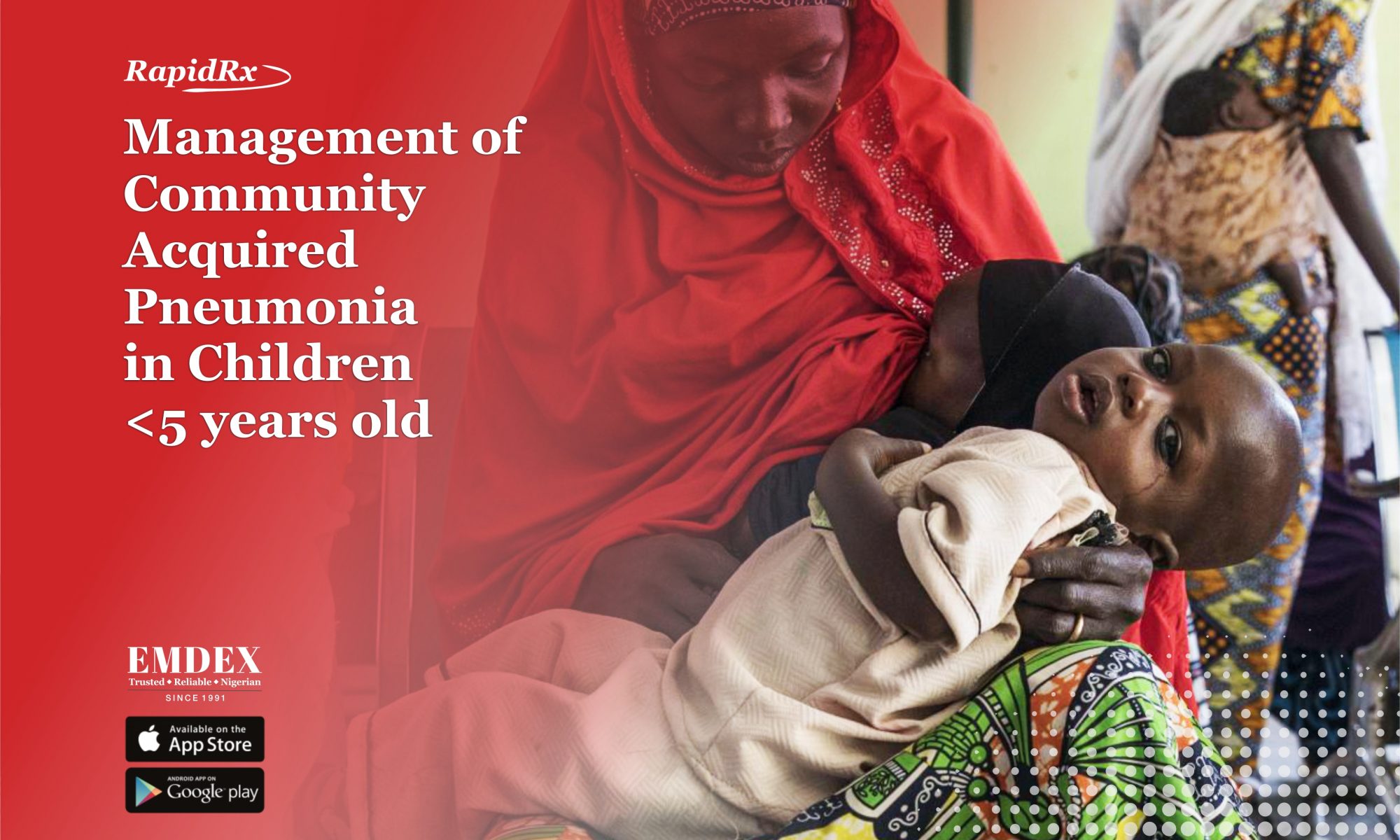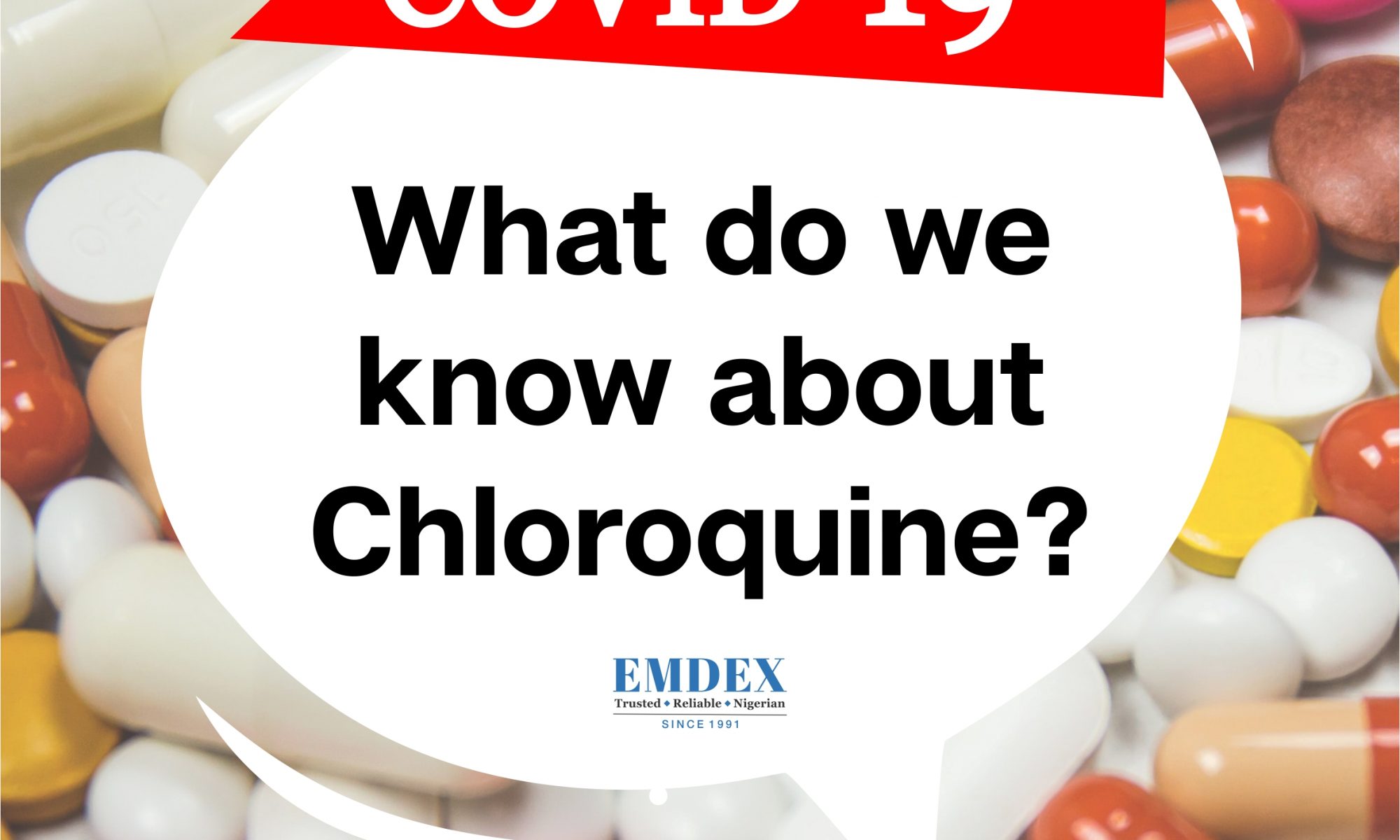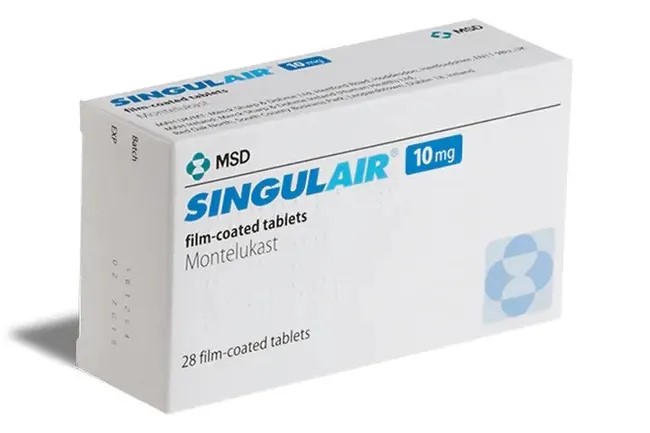Excerpts from Clinical Practice Guidelines by the Paediatrics Association of Nigeria (PAN), 2015
Contributed
by: Anuolu Bank-Oni, PharmD, CDE, BCGP
Introduction
Globally, pneumonia is still killing more children than any other infection. According to UNICEF estimates, this forgotten health epidemic claimed the lives of more than 800,000 children under five in 2018. Nigerian children made up the highest number of those who died, with an estimated 162,000 deaths – 443 per day, 18 per hour, accounting for 19 percent of child deaths in the country.
Just five countries were responsible for
more than half of child pneumonia deaths in 2018:
- Nigeria (162,000),
- India (127,000),
- Pakistan (58,000),
- The Democratic Republic of
Congo (40,000), and
- Ethiopia (32,000).
The biggest risk factors for child
pneumonia deaths in Nigeria are malnutrition, indoor air pollution from the use
of solid fuels, and outdoor pollution.
Pneumonia is a type of lung infection caused
by bacteria, viruses or fungi. It causes fever, fatigue, productive cough, and leaves
children fighting for breath as their lungs fill with fluid. In Nigeria, the most
common bacterial pathogens in children under the age of five are Streptococcus
pneumoniae, Klebsiella spp.,and Staphylococcus aureus.
Death from pneumonia is largely preventable
with vaccines, and readily treatable with low-cost antibiotics. Pneumonia can
further be prevented if newborns and children are breastfed early, have access
to clean water, good nutrition and limited exposure to air pollution. Strong
primary health care is important to both preventing and treating pneumonia.
Treatment requires health workers within easy reach of families, who have the
right training and are equipped with the right medicines and diagnostic tools.
Management of pneumonia in children
Pneumonia contracted either outside of a
hospital or within 48 hours of admission into a hospital is called
community-acquired pneumonia (CAP). The following are the recommended
guidelines published in 2015 by Paediatrics Association of Nigeria for the treatment
of CAP in children. Consider alternatives when first-line medications are unavailable,
intolerable or the treatment response is poor.
In the outpatient setting,
Target bacteria are S. pneumoniae and H.
influenzae type b.
CHILD (<2 months): Admit and treat as neonatal sepsis.
CHILD (2 months and older):
First line: High-dose
oral amoxicillin (90 mg/kg/day in 2 divided doses) for at least 5 days.
Alternatives: Oral amoxicillin-clavulanic
acid (amoxicillin component 90 mg/kg/day in 2 divided doses) OR oral
cefpodoxime (10 mg/kg/day in 2 divided doses) OR oral cefuroxime (20–30 mg/kg/day
in 2 divided doses) for at least 5 days.
CHILD (with HIV):
First line: High-dose
oral amoxicillin (90 mg/kg/day in 2 divided doses) for 10 days.
Alternatives: Oral amoxicillin-clavulanic
acid (amoxicillin component 90 mg/kg/day in 2 divided doses) OR oral cefpodoxime
(10 mg/kg/day in 2 divided doses) OR oral cefuroxime (20–30 mg/kg/day in
2 divided doses) for at least 10 days.
CHILD (with sickle cell disease):
First line: High-dose
oral amoxicillin (90 mg/kg/day in 2 divided doses) for at least 5 days.
Alternatives: Oral amoxicillin-clavulanic
acid (amoxicillin component 90 mg/kg/day in 2 divided doses) OR oral cefpodoxime
(10 mg/kg/day in 2 divided doses) OR oral cefuroxime (20–30 mg/kg/day in
2 divided doses) for at least 5 days.
In the inpatient setting,
Target bacteria are S. pneumoniae and H.
influenzae type b, S. aureus and other bacilli.
CHILD (2 months and older):
First line: IV amoxicillin
(150 mg/kg/day in 3 divided doses) AND IV/IM gentamicin* (5–7.5 mg/kg
once daily) for at least 5 days.
Alternatives: IV ceftriaxone
(50–100 mg/kg/day every 12–24 hours), OR IV cefotaxime (100–200 mg/kg/day
in 4 divided doses), OR IV/IM gentamicin* (5–7.5 mg/kg once daily) AND
IV cloxacillin (100–200 mg/kg in 4 divided doses) OR IV cefuroxime (150 mg/kg/day
in 3 divided doses) AND IV/IM gentamicin* (5–7.5 mg/kg once daily) for
at least 5 days.
CHILD (with HIV):
First line: IV amoxicillin
(150 mg/kg/day in 3 divided doses) AND IV/IM gentamicin* (5–7.5 mg/kg
once daily) PLUS high dose co-trimoxazole (20 mg/kg/day of trimethoprim)
for at least 10 days.
Alternatives: IV ceftriaxone
(50–100 mg/kg/day every 12–24 hours), OR IV cefotaxime (100–200 mg/kg/day
in 4 divided doses) OR IV cefuroxime (150 mg/kg/day in 3 divided doses) AND
IV/IM gentamicin* (5–7.5 mg/kg once daily) PLUS high dose co-trimoxazole
(20 mg/kg/day of trimethoprim in 4 divided doses)for at least 10 days.
CHILD (with sickle cell disease):
First line: IV amoxicillin
(150 mg/kg/day in 3 divided doses) AND IV/IM gentamicin* (5–7.5 mg/kg
once daily) PLUS oral erythromycin (60–100 mg/kg/day in 4 divided
doses)) for at least 5 days.
Alternatives: IV ceftriaxone
(50–100 mg/kg/day every 12–24 hours), OR IV cefotaxime (100–200 mg/kg/day
in 4 divided doses) OR IV cefuroxime (150 mg/kg/day in 3 divided doses)
AND IV/IM gentamicin* (5–7.5 mg/kg once daily) for at least 5 days PLUS oral
azithromycin ( 10 mg /kg) daily dose for 3 days.
NOTES: *Maximum dose of gentamicin
should not exceed 120 mg
High grade-fever (temperature ≥39°C) can be managed with paracetamol
10–15 mg/kg every 4 to 6 hours, not exceeding the recommended daily maximum
dose. Nutrition should be given intravenously, if solids are not tolerated. The
isotonic solution should contain at least 5%
glucose (e.g. 5% dextrose in 0.9% saline or Ringer’s lactate solution with
added glucose).
For patients who require supplemental oxygen
(oxygen saturation <90% or signs of respiratory distress/cyanosis),
administer oxygen via nasal
prongs or nasal catheters at the following rates:
- Children (0 – 2 months): 0.5 – 1 L/min
- Children (3 months – 5 years): 2 – 3 L/min
- Children (>5 years): maximum of 4 L/min.
Once the child’s medical condition has improved, step down to appropriate oral antibiotics. It is important to note that chloramphenicol is not discussed here because there are other effective antibiotics available that have less severe adverse effects. Also, avoid using cough syrups that contain antihistamines or opioids, because these have the potential to do more harm than good in this vulnerable population.
As the saying goes, prevention is better than cure. Conjugate vaccines for S. pneumoniae and H. influenzae type b have been proven to help prevent CAP in children. Immunising against influenza, measles, tuberculosis, and pertussis is also important in this age group.
Other strategies to minimize risk factors
include:
- Improving housing conditions
- Improving nutrition
- Encouraging exclusive breastfeeding
for the first 6 months
- Preventing mother-to-child
transmission of HIV
Sources:
- Olowu, A., et al. Management of community-acquired pneumonia (CAP) in children: Clinical practice guidelines by the Paediatrics Association of Nigeria (PAN) Niger J Paed 2015; 42 (4):283 –292
- UNICEF

